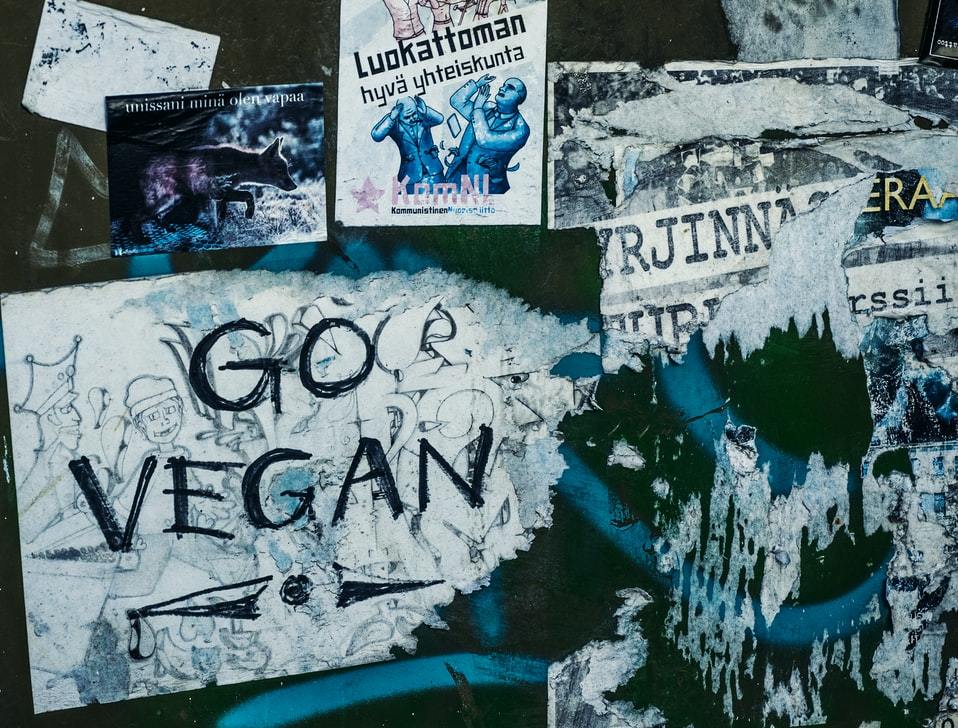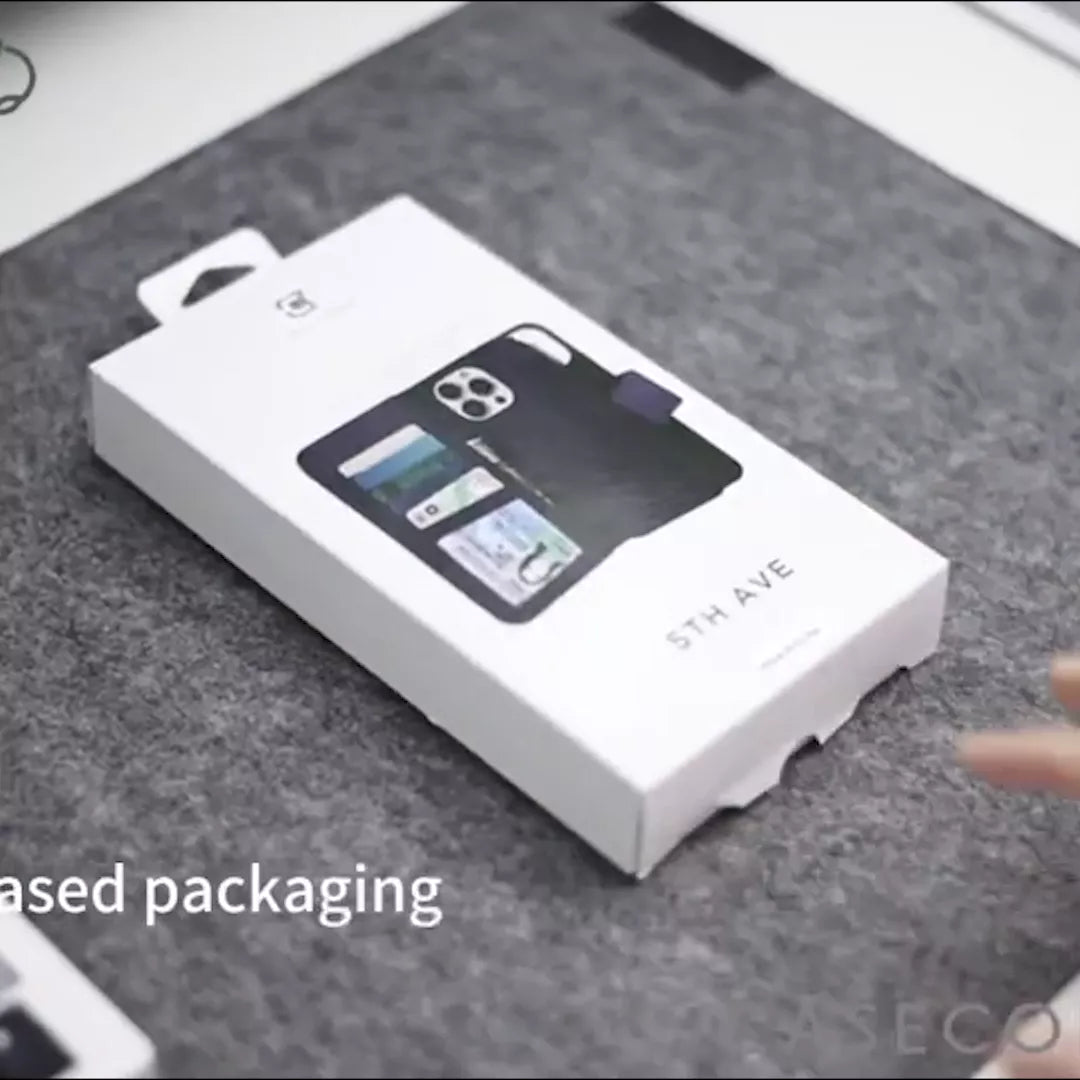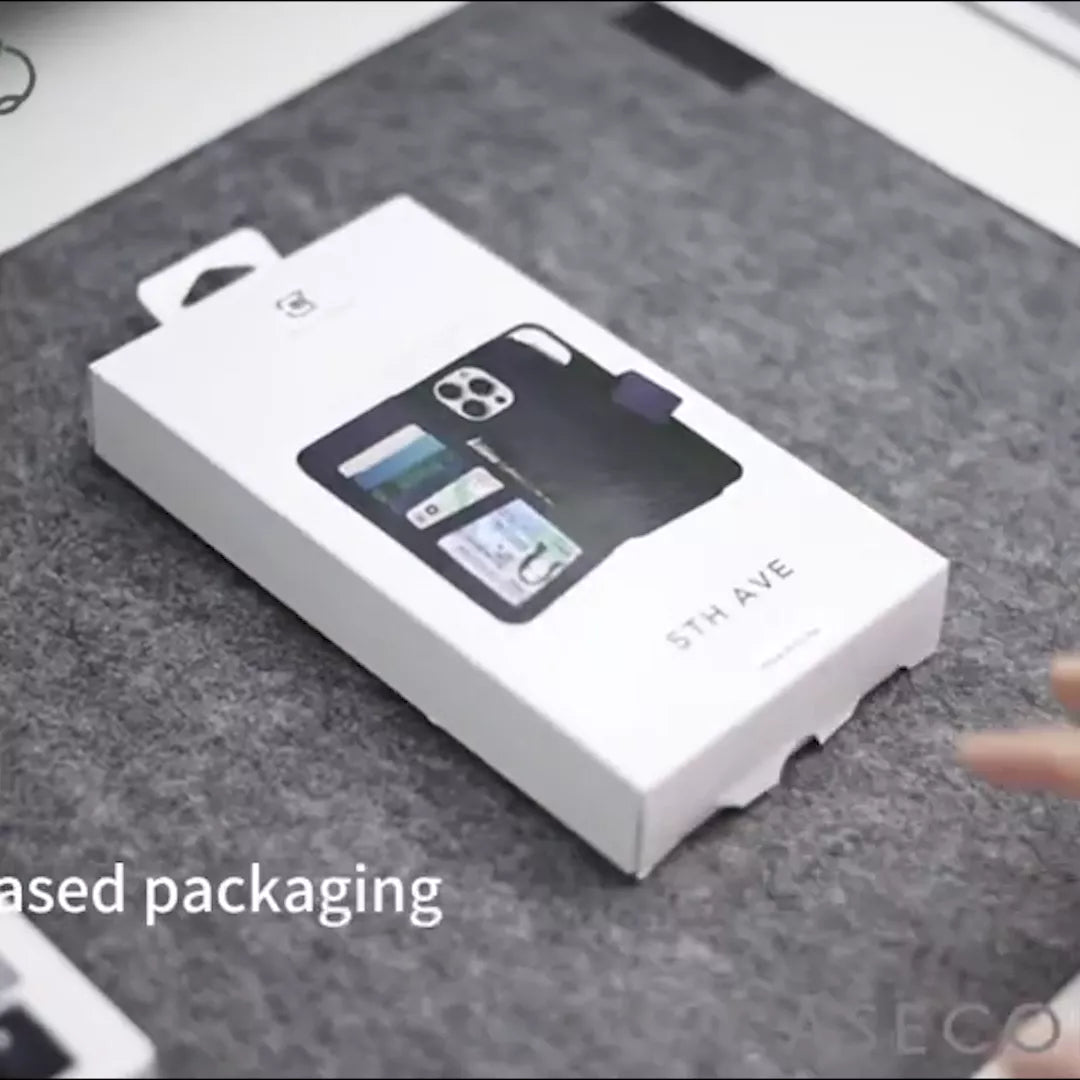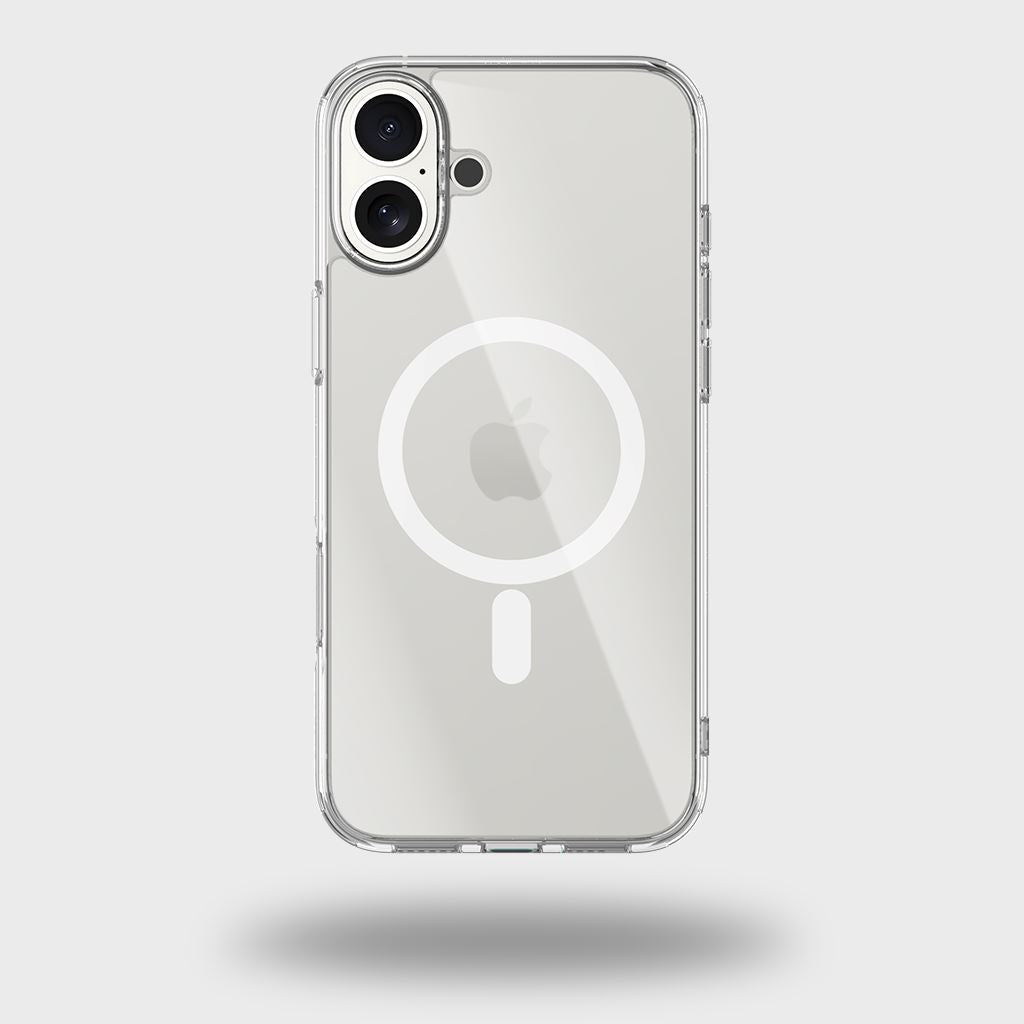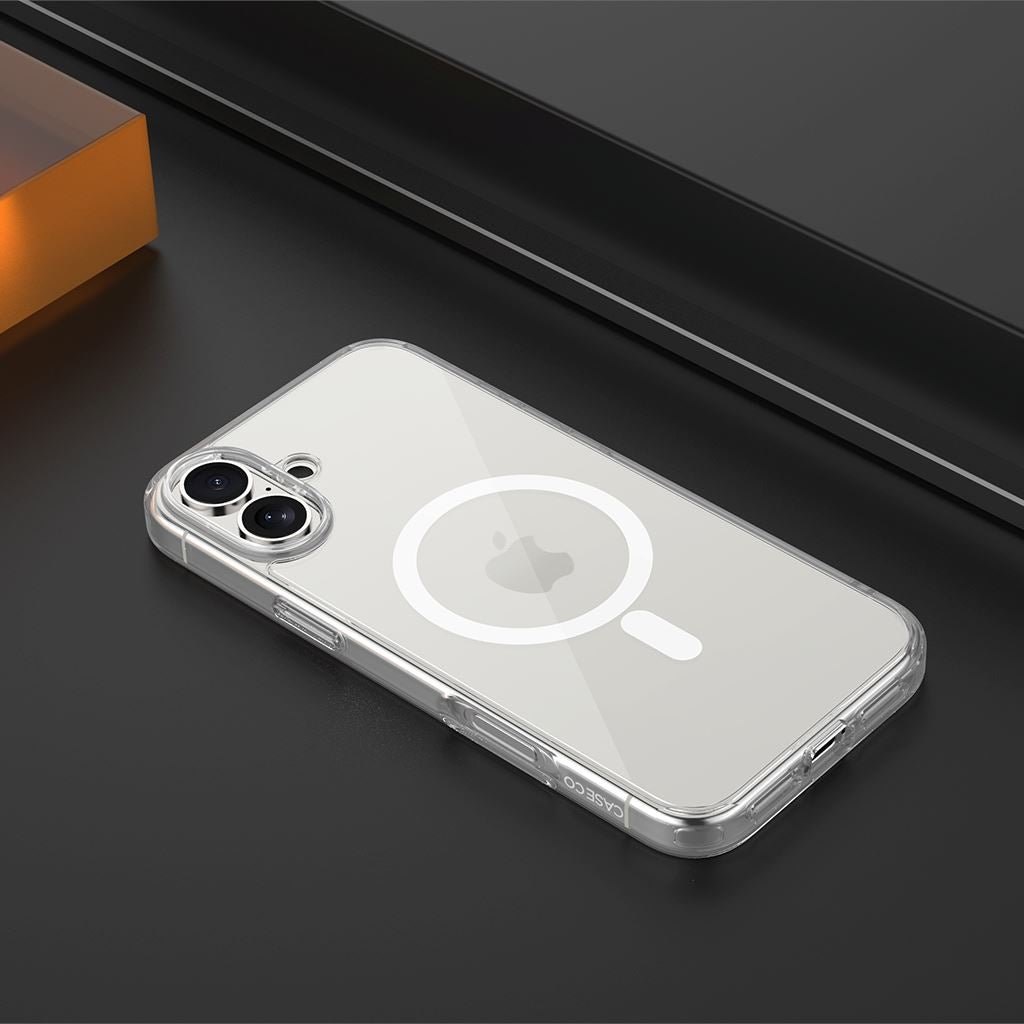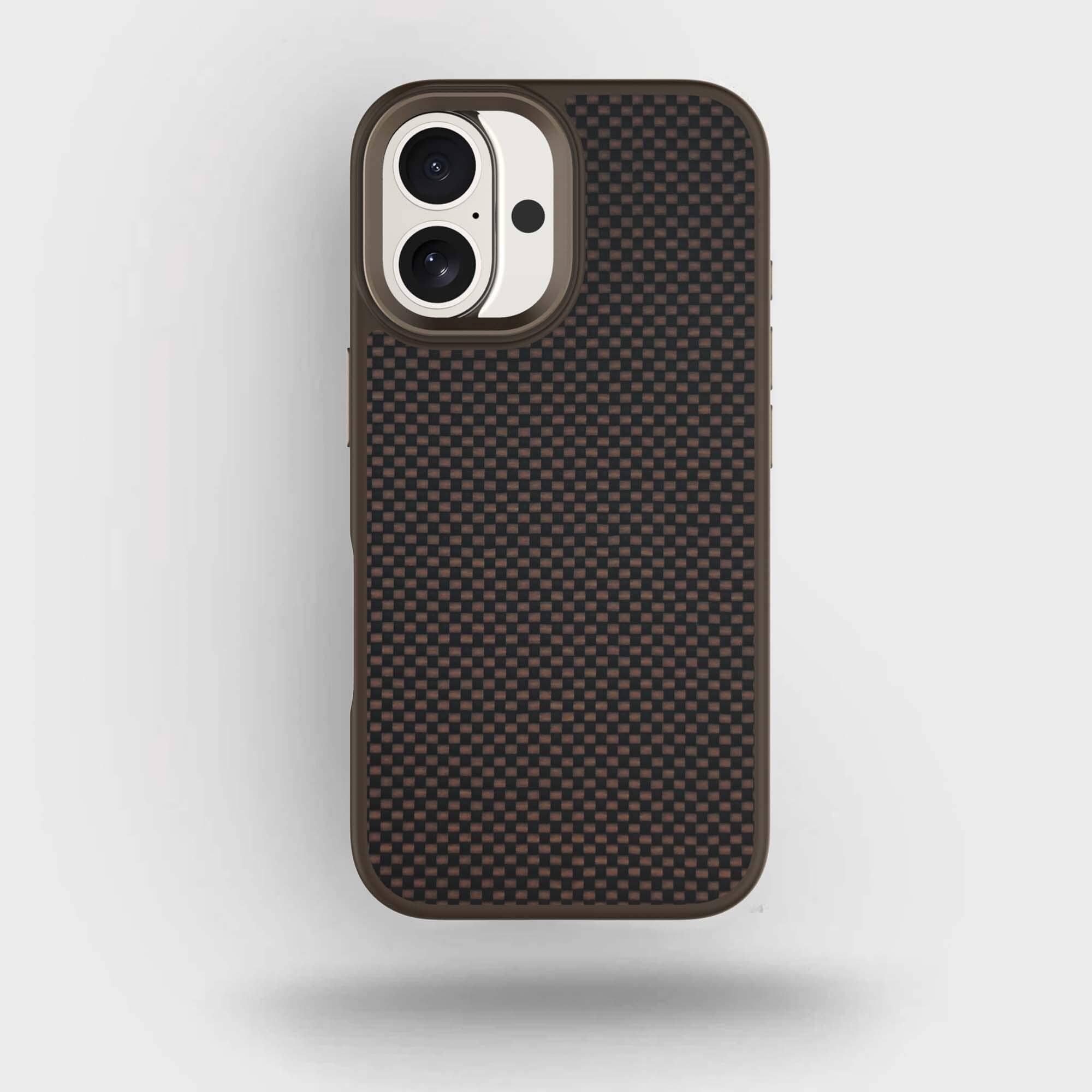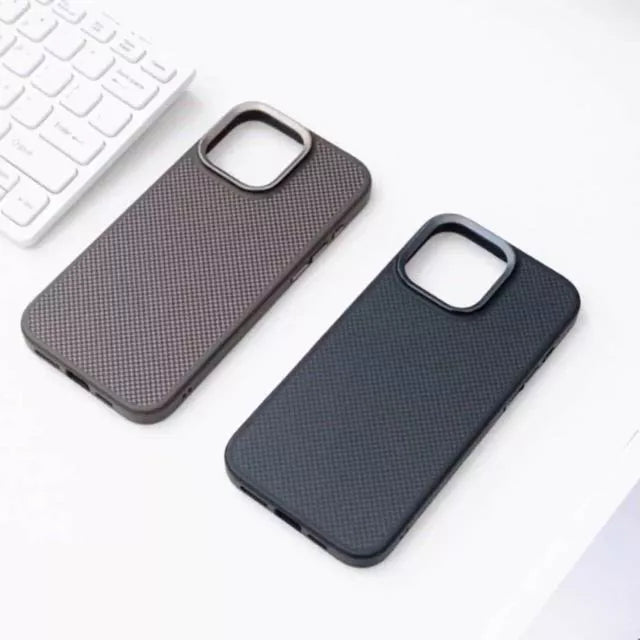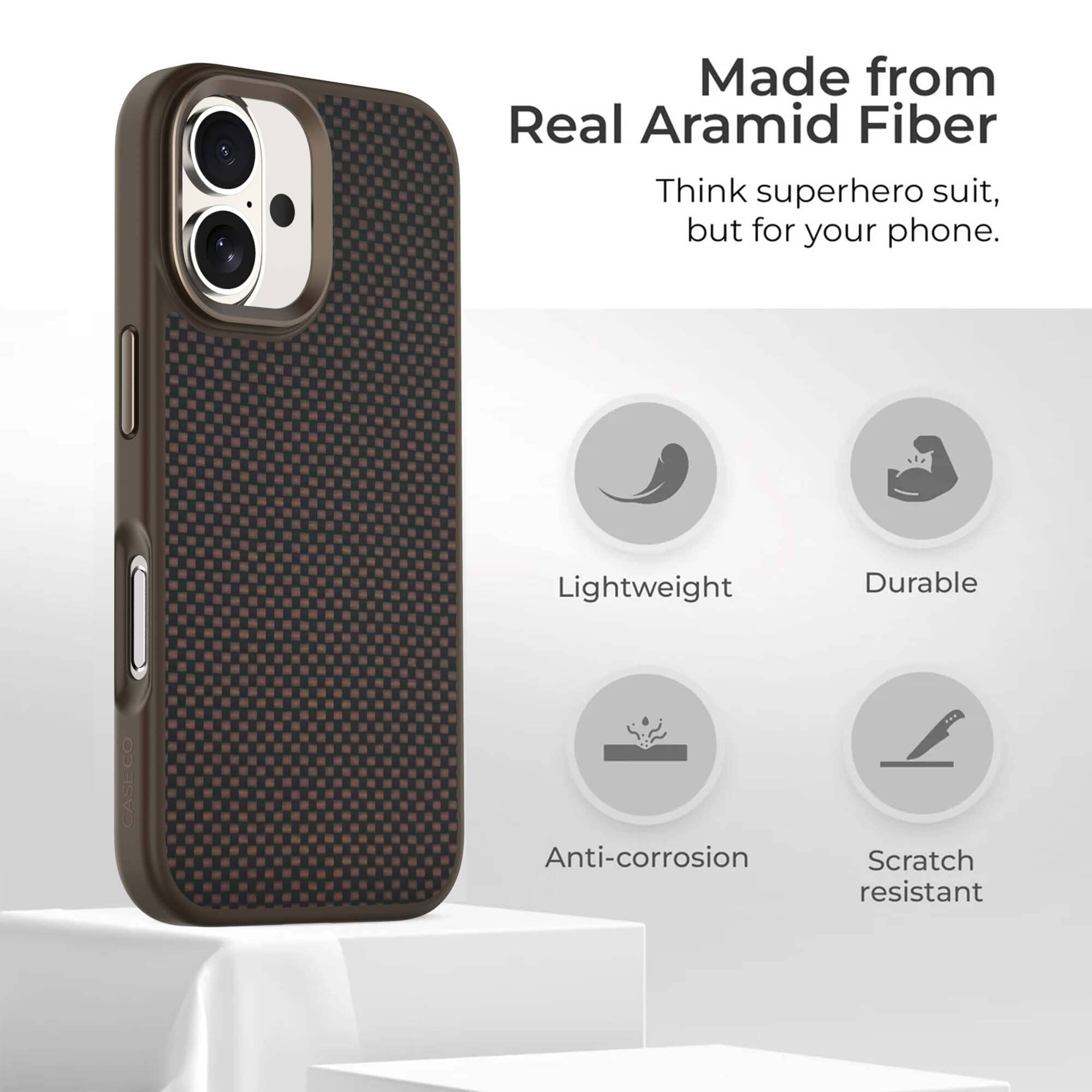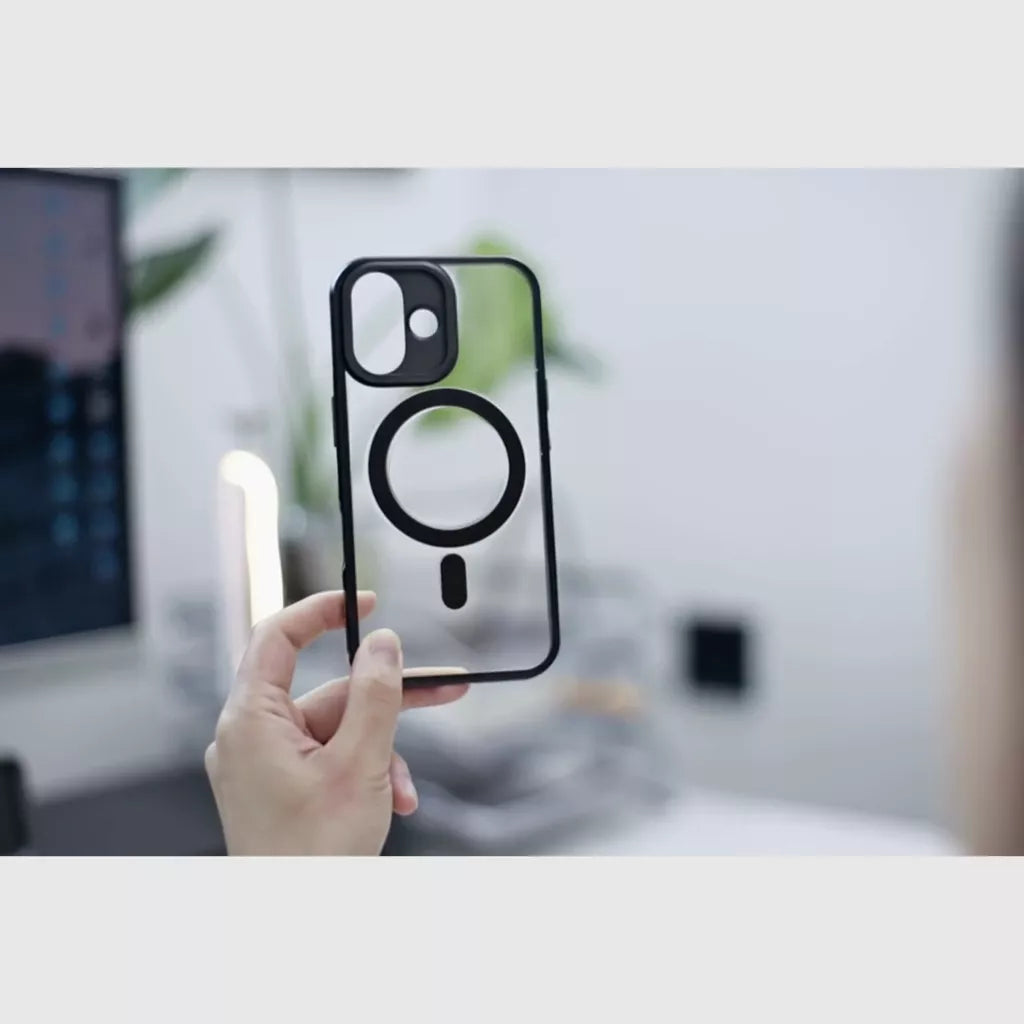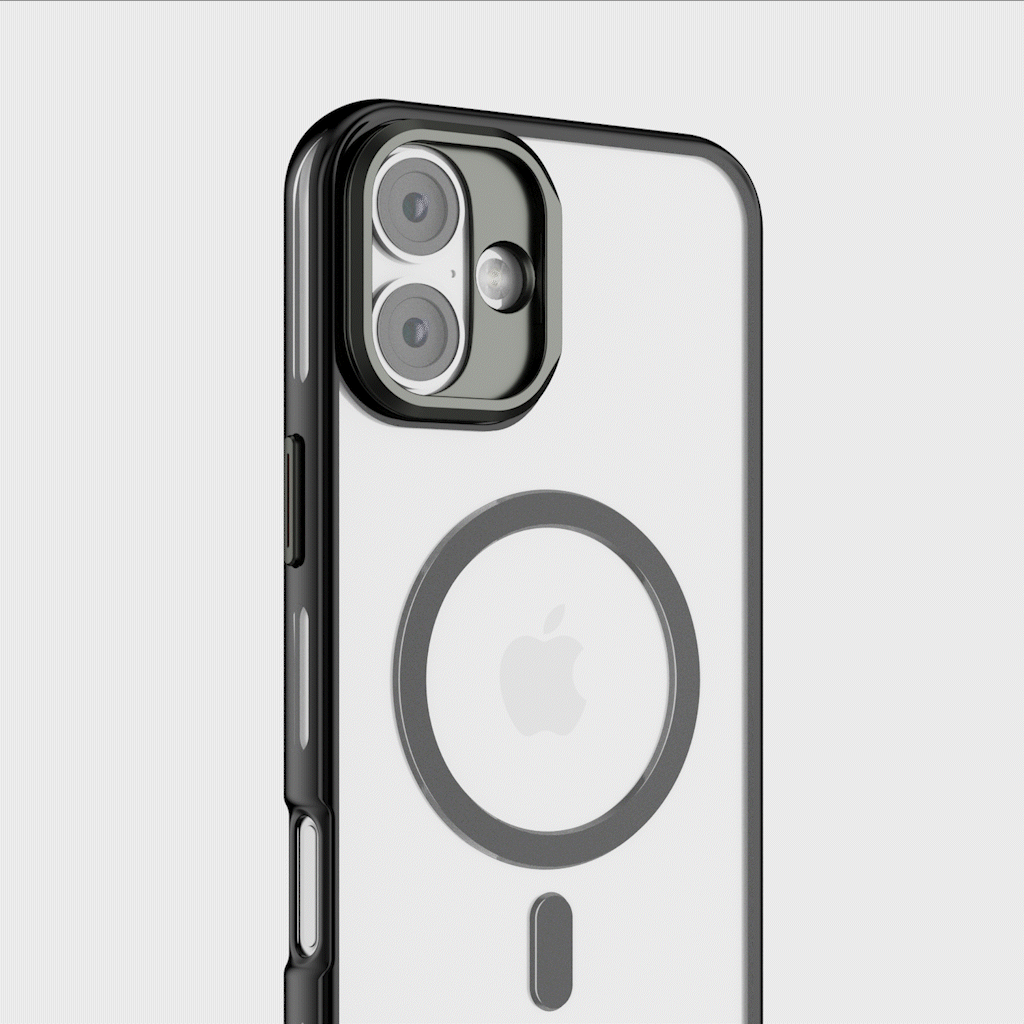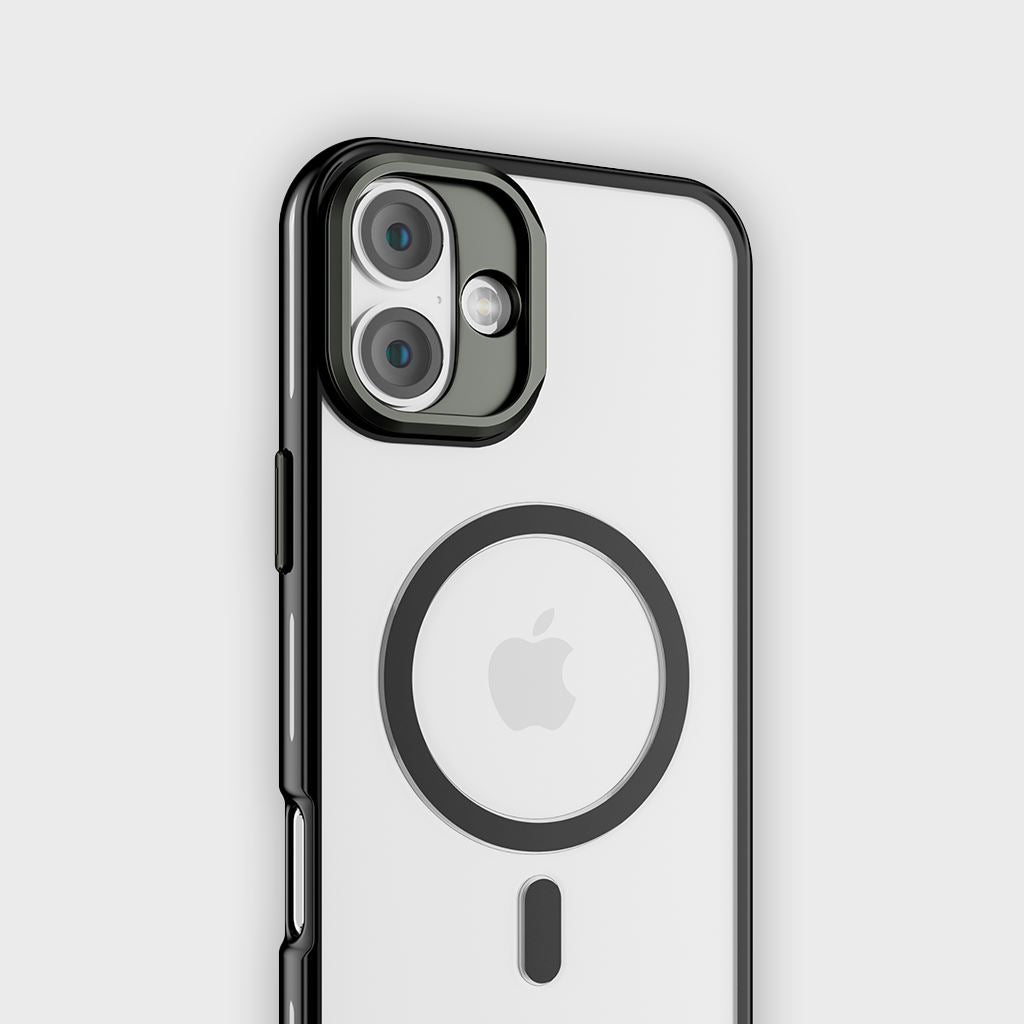Traditional leather products are said to get better with age. But along with the name comes the problem with the material. It relies on archaic methods that have a greater ecological impact to create the finished product. While vegan leather may have the edge over real leather in terms of production, many are still skeptical of their effects at their end of life. However, vegan leather is improving at a faster pace than traditional leather in both production and sustainability. Read on to find out just how vegan leather is getting better than the real thing.
A Greener, More Ethical Choice
Before we dive into the improvements of vegan leather production and sustainability, let’s briefly recall why this material is better for the environment.
Animal Cruelty-Free
Vegan leather can proclaim that “no animals were harmed in the production of this material.” Sure, traditional leather is trying to cope with this by upcycling. Upcycled leather can be leather that comes from animals that died naturally, skins that are discarded by the meat industry, or repurposed material from older leather products. However, there’s no other way about it, the traditional leather industry is killing animals to harvest raw materials despite claims that these raw materials are by-products of other industries.
Eco-Friendlier Production
While faux leather production may be more chemical-intensive, it has been shown to have only a third of the environmental impact versus real leather. That’s because animal agriculture - an industry in itself and the source of genuine leather - takes up more natural resources and contributes more greenhouse gas emissions and water pollution. That’s before the hides get treated with chemicals that are not only harmful to the planet but to people as well.
Improving With The Times
Although the leather tanning process is trying to clean up its act, it still can’t avoid the fact that this is actually counterproductive. Meanwhile, vegan leather has been making improvements in iits production process and moving towards sustainability.
DMF-Free Water-Based PU Leather
Whew, that’s quite a mouthful. Let’s break down this heading to more digestible parts. First off, vegan leather is made from polymers and can either be polyvinyl carbonate (PVC) or polyurethane (PU). PVC may be more durable but it’s as bad as it gets for plastics. PVC releases harmful chemicals during production and can cause several health problems for humans. PU on the other hand is a more eco-friendly and safer material. That’s why here at Caseco, we use PU in all our vegan leather products.
Now, creating PU is also a chemical intensive process. The chemical dimethylformamide (DMF) is used in faux leather production to control the viscosity of PU so it can be processed and applied to the base or substrate fabric. DMF was necessary so that PU would have the desired effect of real leather. It’s a highly complicated process that involves a lot of other chemicals that are harmful to humans, several “baths” and drying to create the final product. In short, it uses a lot of energy and produces waste water.
Scientists have seen the negative effects of DMF and have introduced a safer way to produce PU. Instead of using DMF as a solvent, they turned to water instead, thus, eliminating the need to use harmful chemicals. The new process and materials used are so safe that the vegan leather produced can meet REACH, RoHS, and Oeko Tex 100 standards. This new process is safer for factory workers and does not change the properties of PU. Despite switching to water as a solvent, it actually uses less water than the original process and because heating is no longer necessary, it uses less energy as well. Through some clever engineering, scientists have made the process simpler and more eco-friendly.
Reducing Environmental Impact
Traditional leather is made from animal hides. It’s a natural material that is biodegradable. When cowhide is put through the tanning process it actually stops the process of decay and lends leather its high durability. This, however, makes the end product last longer and harder to decompose. It’s estimated that leather products would take hundreds of years to decompose so it’s not really sustainable.
PU on the other hand is not biodegradable and can leach into soil and water, but has other properties that make it a more sustainable alternative to traditional leather. PU is fully recyclable either chemically or mechanically. That’s one of the reasons why it’s the material of choice for us at Caseco.
Leather can last longer but it also has to be cared for or it will deteriorate. With PU, you don’t have to worry so much about taking care of the material. It has great physical properties that make it durable such as hydrolysis resistance, solvent resistance, abrasion resistance, and scratch resistance. Most of our iPhone 12 line vegan leather wallet cases have water resistance so cleaning it is easy and hassle free.
To Conclude
PU is a great material with amazing properties. It may have had a rough start but it’s beginning to clean up its act. Newer processes are being developed to make it less material and resource intensive and more sustainable. As an alternative to traditional leather, it has improved upon the original and shows more promise to get even better for us and the environment.
